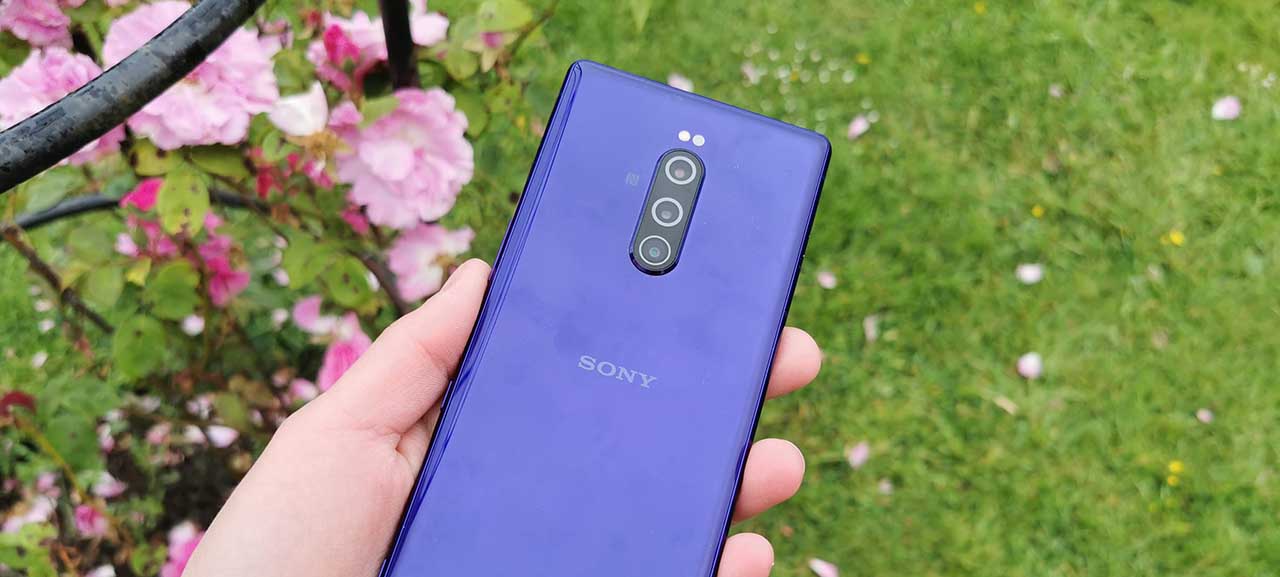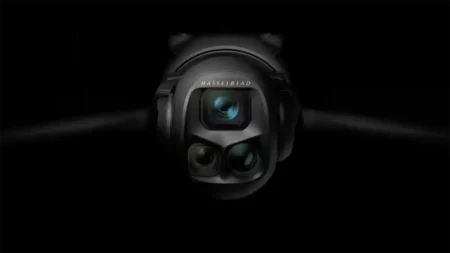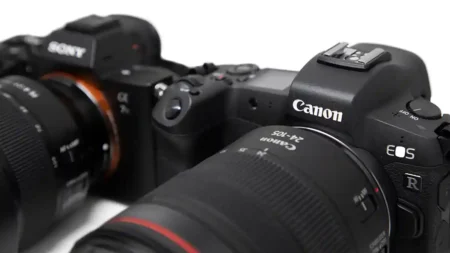It’s fair to say that Sony has lagged behind in the ever-expanding world of smartphone technology, but the launch of the brand new Xperia 1 sees some interesting technology brought over from the company’s range of very successful Alpha cameras. Here’s a closer look at some of that tech.
As it stands, Sony makes up a tiny fraction of the global smartphone market. For now at least, the biggest three players are Samsung, Huawei and Apple (iPhone), with a range of other manufacturers making up smaller portions of the market.
Considering Sony is a huge giant in the overall electronics industry, and has enjoyed enormous success with its range of Alpha cameras, it’s always been a little bit surprising that Xperia phones have not shared the same luck.
We can perhaps attribute that to advanced technology from Alpha models not being utilised in Xperia phones – but that appears to be starting to change.
Up until now, perhaps Sony felt including camera tech in smartphones ran the risk of reducing camera sales. It could be that the company now feels that the two markets are fairly independent of each other and any crossover is likely to be beneficial for both types of customer.
So where have they placed all this tech? The Xperia 1 is Sony’s newest flagship model, and is its first smartphone to feature a triple lens camera setup. All three have 12 megapixel sensors, with a wide angle, ultra wide angle and a 2x telephoto lens. Below is a round-up of some of the Alpha camera tech that the phone includes.
Bionz X
One of the key technologies inherited from Alpha cameras is the powerful Bionz X processor – called “Bionz X for mobile” in relation to the Xperia 1.
It facilitates a number of features, including Eye AF, fast frame rates, 4K video and promises to help with precision focus and exposure, too.
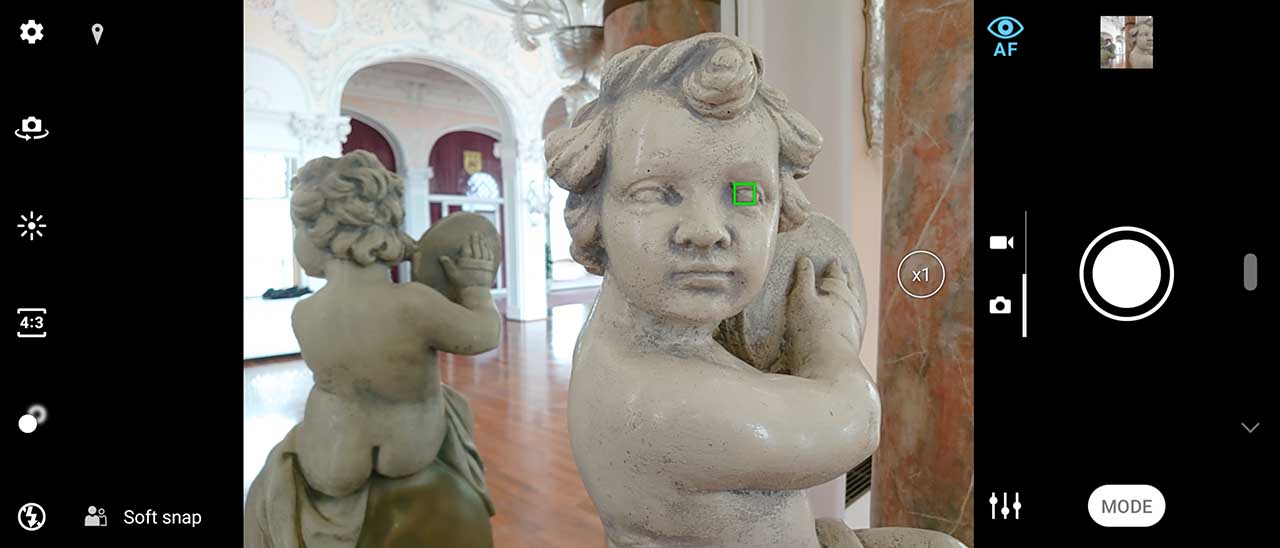
Eye AF
This is something that we’ve been used to using in Sony Alpha cameras for some time. Picking out the eye when shooting in a portrait ensures that you get the sharpest focus possible in the best place possible.
The Xperia 1 is the world’s first smartphone to incorporate this technology and it works impressively well in real-world shooting, locking on to a subject’s eyes with strong accuracy – the eye detected will be highlighted by a small green square on the screen.

If we have one criticism here it would be that you can’t choose a different eye, if you prefer.
10fps shooting
You can trigger a burst of shooting at 10fps, and thanks to Bionz X, you keep full AF and AE tracking. Impressive for a mobile phone, it means (in theory at least) that you can keep up with fairly fast moving subjects. In practice, I’ve found that it works best with subjects that are moving in a fairly predictable pattern – if photographing moving people, Eye AF steps in to help as well.
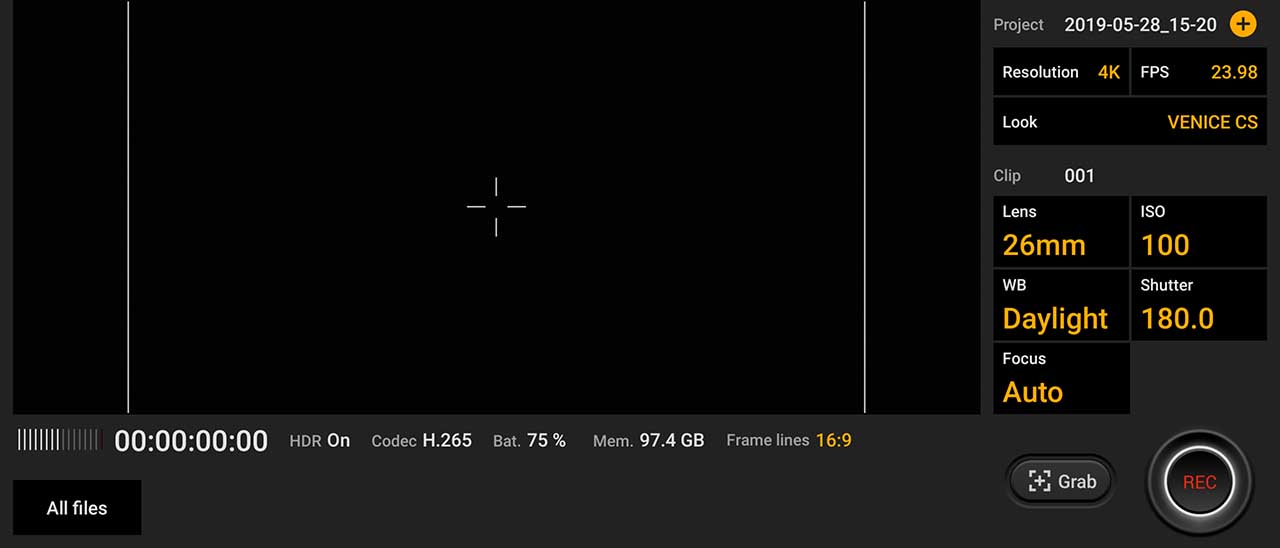
CineAlta
If you’re into videography, the Xperia1’s video technology may also be of high interest to you. It brings across technology from its professional video products, including CineAlta, which can be used in the built-in Cinema Pro app. You can shoot footage in 21:9 ratio, with manual control for a number of parameters also available.
There’s no facility for editing your footage within the app, though. Video via this app can be shot at 4K HDR at 24fps, with Optical SteadyShot to help keep your videos smooth and shake-free.
The Xperia 1 feels like a bit of a turning point in the co-operation between the two internal brands, and it perhaps signals a taste of what’s to come. With dominance by other big-name brands currently in the market, it’s surprising that it has taken Sony this long to come up with the goods, but now it feels like it’s starting to pay more attention to this extremely lucrative sector of the market.
Perhaps in the future, we might see even more Alpha technology, such as Animal Eye AF (perfect for all those cats and dog pictures on Instagram, maybe).
I’m currently in the process of completing a full review of the Sony Xperia 1’s on-board camera, which I’ve already had chance to preview at a launch event in Venice. Look out for a full review in due course.
